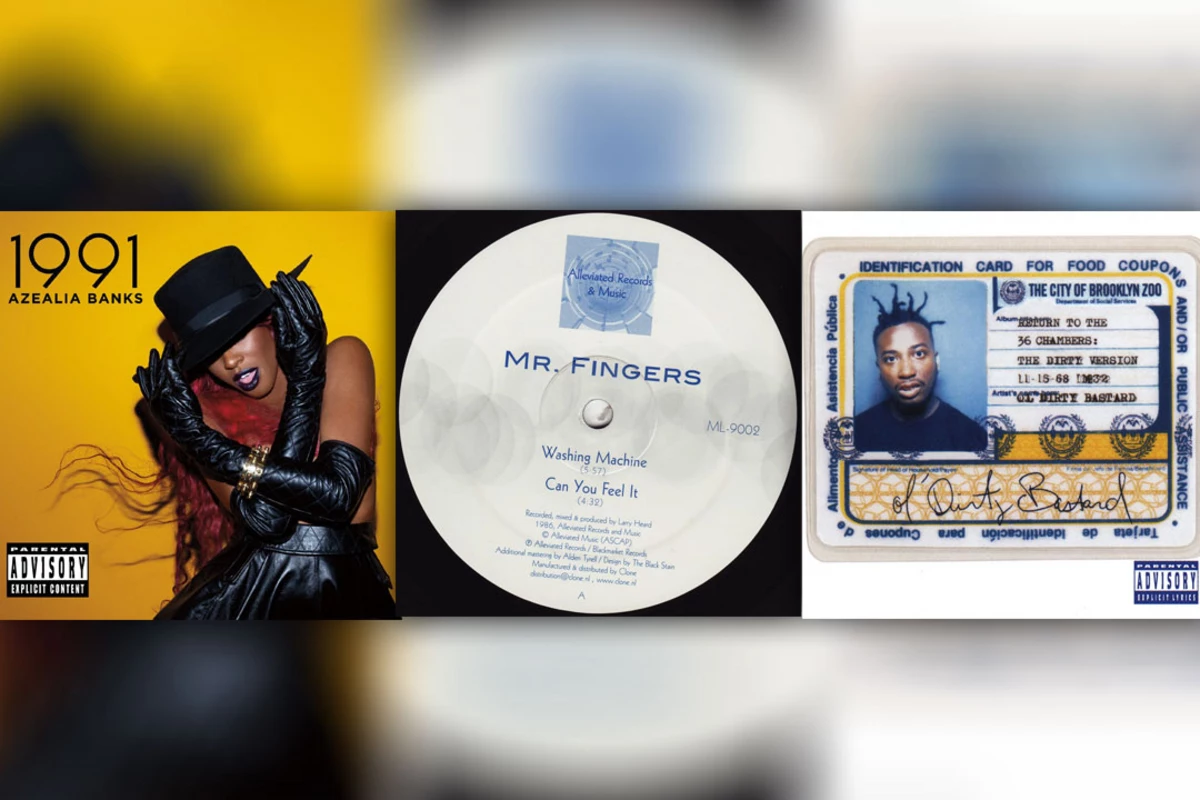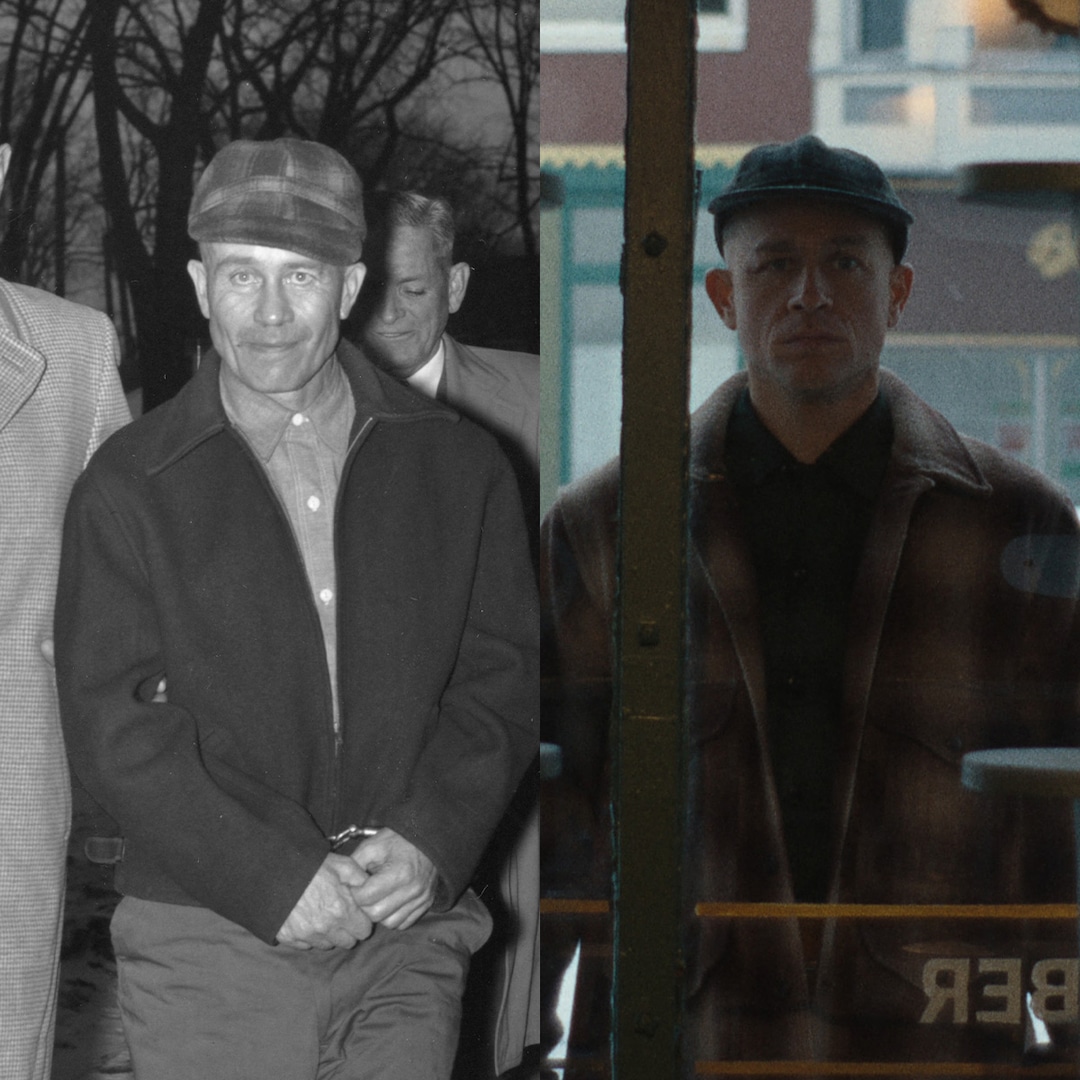Welcome to Generation AP, a spotlight on emerging actors, writers, and creatives who are on the verge of taking over.
Alternative culture is all Shy Snider has ever known. The first concert she went to was AC/DC while she was in utero, and even as a small child, the sounds of Rob Zombie rattled her eardrums. At 7, her favorite band was System of a Down, who she learned about from her three older brothers. There was no teenage emo phase, nor that lightning bolt moment that happens when you hear “Welcome to the Black Parade” for the first time. Snider was immersed in it, even before day one.
Read more: Rachael “Steak” Finley is the ultimate alt girl
When she was 11, Snider went to watch one of her brothers play in a hardcore band. “I remember it being so violent,” she recalls over Zoom from her home in LA just a few days before Thanksgiving. “Someone grabbed me and put me under a table.” Nonetheless, she loved it. As she grew older and got more invested in hardcore, however, Snider realized she felt sidelined in such an overwhelmingly masculine space. She even felt it when she went to the merch table and the only options on offer were T-shirts and hoodies sized with men in mind, which looked baggy and boxy on women’s smaller bodies.
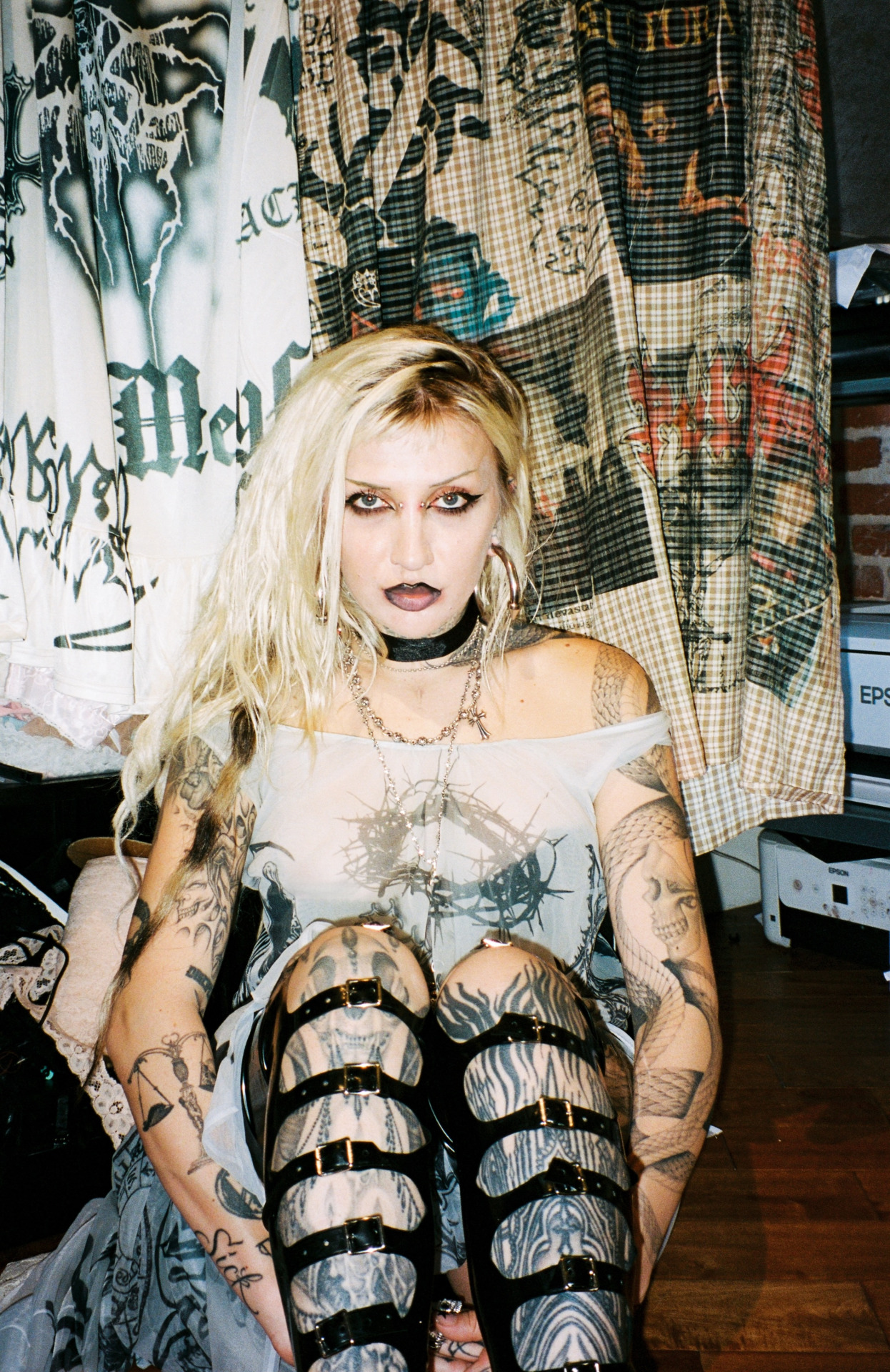

Sick of these identikit options, Snider started printing band logos on “slutty clothes.” “I was so tired of wearing band shirts all the time — it was just so boring,” she says. “I felt like women were so underrepresented in alternative fashion, especially in hardcore. It was all skewed towards men, but women are the prime fashion buyers. Being feminine and being hardcore [amounted to] being a poser.” It ended up being the first step toward Havoc, which she started to create a space for the “hot clothes” she was desperate to see in alternative fashion.
“The brand blew up a lot faster than I was even prepared for,” Snider says. In just two years, Havoc has ballooned into one of modern alt fashion’s hottest prospects, but despite that, Snider’s hardcore background still shapes it to this day. Havoc has frequently collaborated with numerous bright lights from the scene, including Zulu, Pain of Truth, Koyo, Twitching Tongues, and Scowl.
“I went to one of [Scowl’s] shows. I’d never heard of them, but then I saw Kat [Moss], and she was super hot, screaming in a miniskirt, and I was like, ‘That shit rocks,’” she continues. “If that was around when I was a kid in hardcore, that would have changed the trajectory of my life because I dressed so masculine and was afraid to show my body. I ended up doing that collab with Scowl because I just wanted girls who were coming into hardcore to be like, ‘I’m welcome here.’ If you start selling stuff for girls, then subconsciously, you start feeling like this is a scene for you, too, and not just the boys.”
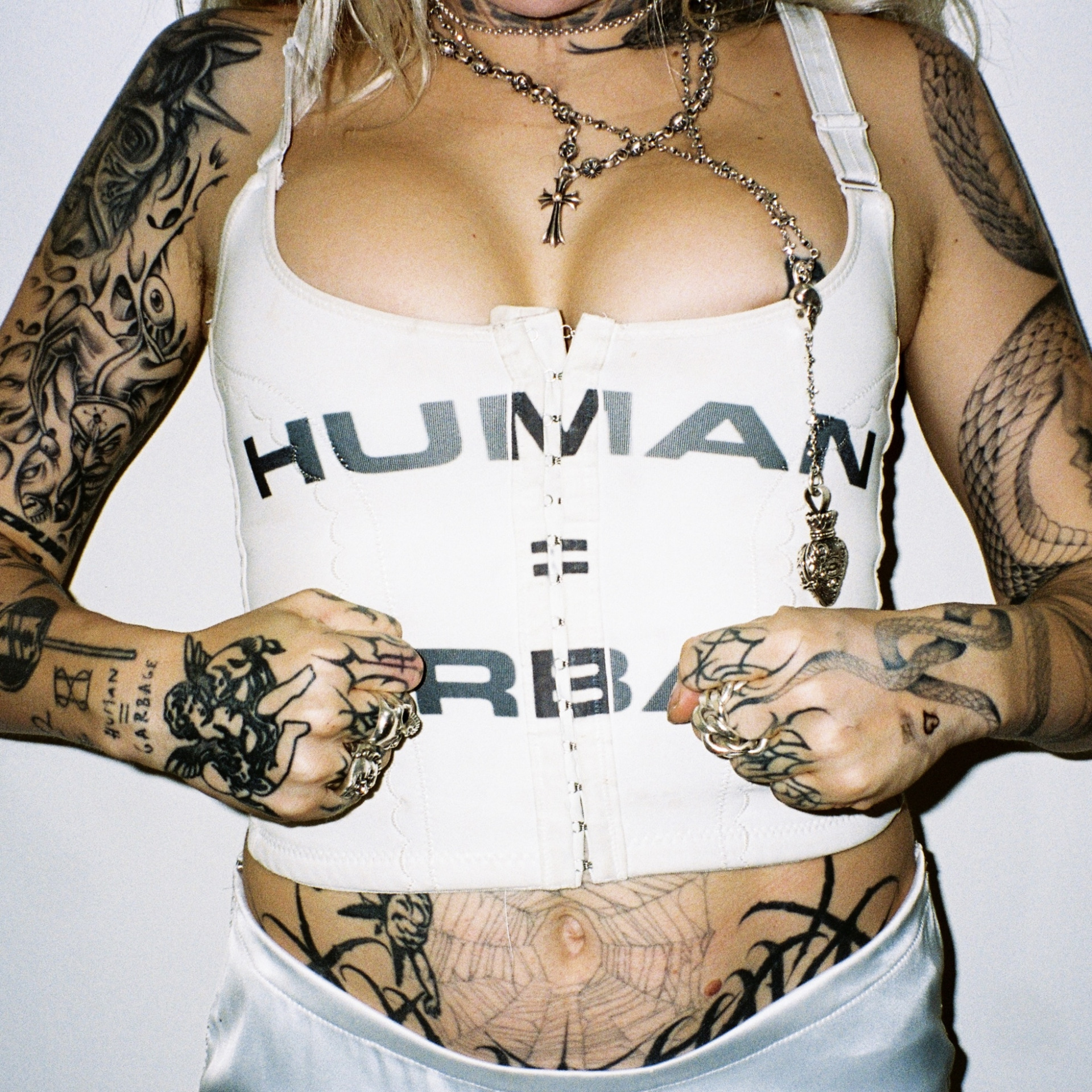

To start, Snider was hand-making a lot of Havoc’s clothes to order, but its growth eventually outpaced the speed at which she could put garments together. When it became unsustainable, she got manufacturers involved but found that her mental health nosedived when she was no longer making clothes. “I was so depressed. I genuinely really enjoy making stuff,” she says. Indeed, making clothes ended up becoming a vital coping mechanism when Snider was trying to get sober — an outlet, she mentions, for her addictive personality — even to the point where she’d stay up all night creating. Nowadays, the brand encompasses both manufactured and hand-made limited-run items as a means of a happy medium between keeping business sense and Snider’s own mental state.
Hand-making has also given Havoc a suitably punk, “slow-fashion” ethos. Sometimes, handmade items don’t arrive on customers’ doorsteps till between two to four weeks after they’ve ordered them, and occasionally it’s sparked questions from buyers expecting the same delivery speeds as Amazon Prime. Not behaving like a megacorp, however, is Havoc’s MO.
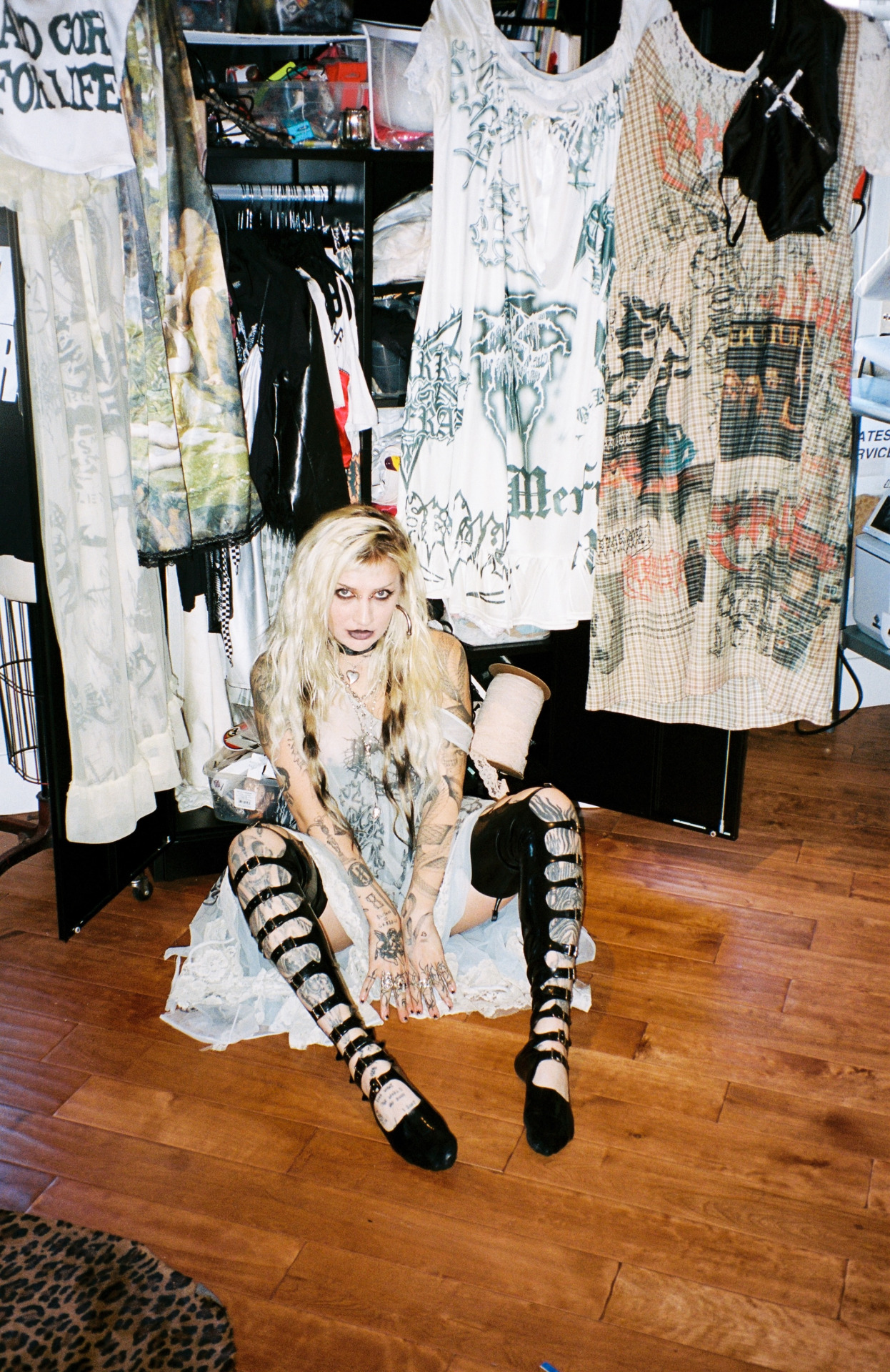

The brand prides itself on being “anti-fashion,” and a large part of that, as Snider explains, represents rejecting harmful fast-fashion practices. “Fast fashion is so big, and it’s so bad for the environment. It’s literally the second biggest polluter in the world; it’s destroying the planet. Anti-fashion, to me, is fashion that’s made in the U.S., using handmade, upcycled, or thrifted garments.” Nowadays, being anti-fashion has also meant turning away from the high-end fashion houses that, for better or worse, have ripped and appropriated alternative fashion for customers who are expected to throw thousands of dollars at it. “You have Givenchy doing a shirt that’s in fucking metal font. Balenciaga is making actual track pants. It’s insane. They’re all pulling these influences from different underground subcultures. I’m not the person ripping from the small brands.”
Despite this, Snider isn’t as critical of this practice as she used to be, especially if it means that a previously uncool mode of dressing that might have otherwise put a target on her back is now seen as trendy. “I used to really hate it, but at the same time, I do think it’s cool. I got so badly bullied that I had to be home-schooled, and I felt like such an outcast in society, so I’m happy that [alternative fashion is becoming accepted by the mainstream]. Hopefully kids like me don’t have to go through that anymore.”
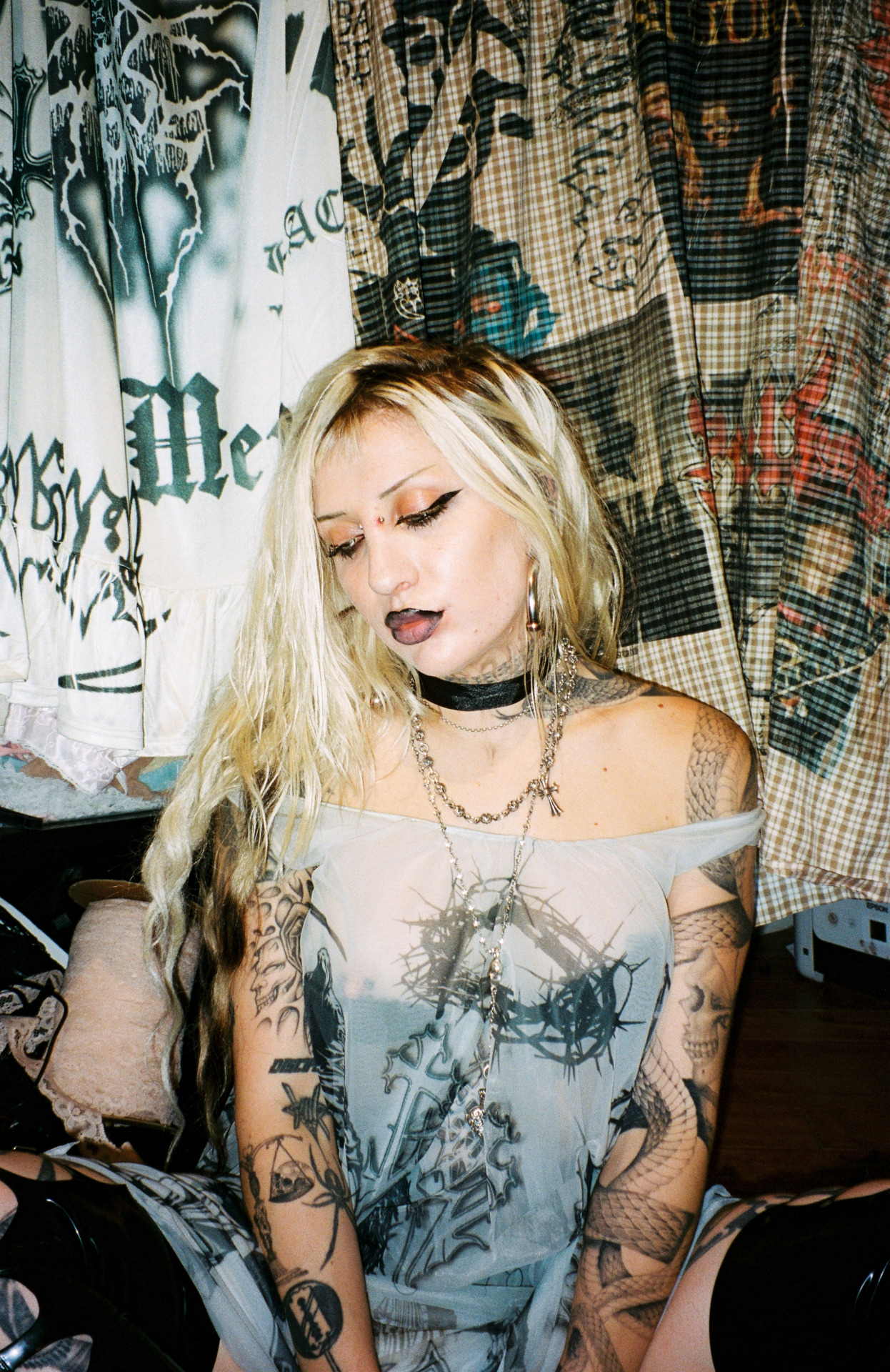

Nonetheless, it’s provided a climate in which Havoc has been able to flourish, even catching the attention of stars as huge as Doja Cat and Bring Me the Horizon’s Oli Sykes. “He just DMed me asking for clothes!” Snider recalls. “It was so cool because when I was a kid, I loved Bring Me the Horizon. It was definitely such a full-circle moment in my life, and I don’t think I even realized what a big deal [Havoc had become] until he posted the photos.” The more left-field partnership with Doja Cat, however, proved slightly more controversial. “She’s hot, and she has a punk attitude,” she says. “You can’t say no to something like that when her stylist hits you up.”
Click onto Havoc’s Instagram and the sentence “JOIN A CULT!!” screams at you from the screen. As tongue in cheek as that slogan is (it even once inspired Snider to print a shirt with “CULT LEADER” written on it, which went down a storm), it encompasses everything Snider wanted Havoc to be — bigger than just a name, or a line of clothes, or even something people only superficially engage with. “I didn’t want people to stumble across it and only buy one thing,” she explains. “I always wanted people to love the brand and know what it was about and buy multiple things. There are certain brands where I own everything they make — I wanted it to be like that.
“I want it to be something people remember,” she concludes. “I want it to be something you can feel a part of.”












